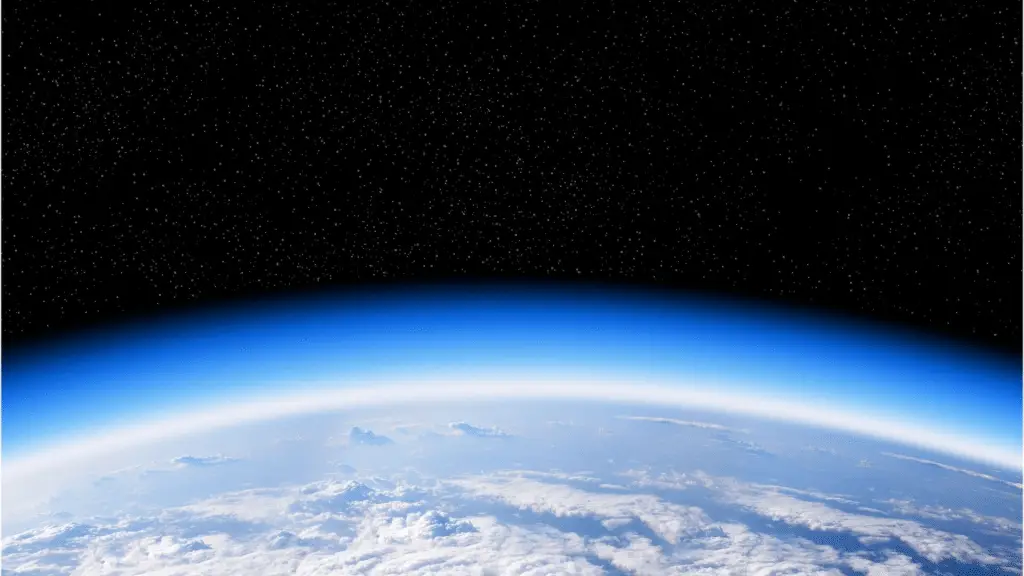The ozone hole phenomenon over Antarctica is one environmental issue of great importance which has attracted the attention of the scientific community and the public for decades. The formation and annual closure of the ozone hole are natural processes influenced by chemical and climatic factorsbut human activities have had a significant impact on their intensity and duration.
The Dynamics of the Ozone Hole
The ozone hole it forms every year over Antarctica due to the particular atmospheric conditions that occur during the southern winter. Extremely low temperatures in the stratosphere lead to the formation of polar stratospheric clouds (PSC), which provide a surface for chemical reactions involving chlorinated and brominated compounds, reactions that lead to the destruction of ozone molecules, thus creating the so-called “hole”.
With the arrival of spring and the increase in sunlight, chemical reactions intensify, leading to maximum thinning of the ozone layerbut as the season progresses and the stratosphere warms, the ozone hole begins to close, and ozone levels gradually return to normal.
In any case, its appearance persists even later in the year and, secondly a new studycould pose a danger to wildlife on the continent below
As highlighted by the mentioned study, the persistence of the ozone hole until the beginning of the Antarctic summer is one worrying trendthis is because the phenomenon coincides with the period in which Antarctica’s wildlifelike penguins and seals, its breeding season begins.
Increased exposure to UV radiation can indeed have harmful effects on living organismsparticularly on puppies and young animals who are more vulnerable to damage caused by UV rays.
Beyond this, the effects of UV radiation are not limited to large fauna, even plankton, fundamental to the marine food chain, can experience stress due to increased exposure.
Natural defenses and adaptations
Some organisms have developed defense mechanisms against UV damage, for example, golden-fronted penguins and rockhopper penguins possess pigments such as melanin, which helps protect their eyes from UV rays. These natural adaptations are the result of millennia of evolution and demonstrate the resilience of some species to extreme environments.

Climate change is a key factor affecting the duration and intensity of the ozone hole, and rising global temperatures may alter climate and atmospheric patterns, thus influencing the formation and closure of the ozone hole.
In addition to the above, forest fires and other sources of pollution can release substances that contribute to ozone destruction, exacerbating the problem.
Global action to fight the ozone hole
Reducing greenhouse gas emissions and limiting the use of ozone-depleting substances are crucial steps for the recovery of the ozone layer and the protection of the Antarctic ecosystem.
The Montreal Protocolan international agreement signed in 1987, has played a significant role in reducing the production and consumption of ozone depleting substances (ODS), and thanks to this agreement, there has been a gradual improvement in ozone levels, although the recovery process is slow and requires continuous commitment from the international community.
As mentioned, prolonged exposure to ultraviolet (UV) radiation due to the persistence of the ozone hole can have significant consequences for Antarctic wildlife, but let’s look at some of the possible impacts:
- penguins and seals: the breeding season of penguins and seals falls precisely in the period in which the ozone hole persists until December, therefore, since these animals are particularly vulnerable to damage caused by UV rays, the increase in exposure can influence the their health, pup growth and survival;
- plankton: we have seen that even the smallest organisms, such as plankton, can experience stress due to increased exposure to UV radiation, and the production of protective substances requires energy, which could otherwise be used for growth and reproduction, furthermore it is at the base of the marine food chain, so any alteration in its population can have cascading effects on the entire ecosystem;

The role of climate change
The ozone hole is closely linked to climate change, for example increasing greenhouse gas emissions contribute to global warming and alters climate patterns.
To this we must add air pollution, forest fires and other sources of pollution release substances that damage the ozone, therefore reducing these emissions is essential for the recovery of the ozone layer.
In conclusion, the ozone hole represents a global challenge that requires collective action and greater awareness. Protecting Antarctica means protecting biodiversity and our planet for future generations.
If you are attracted by science or technology, continue to follow us, so you don’t miss the latest news from all over the world!
#Ozone #hole #rays #Antarctica
